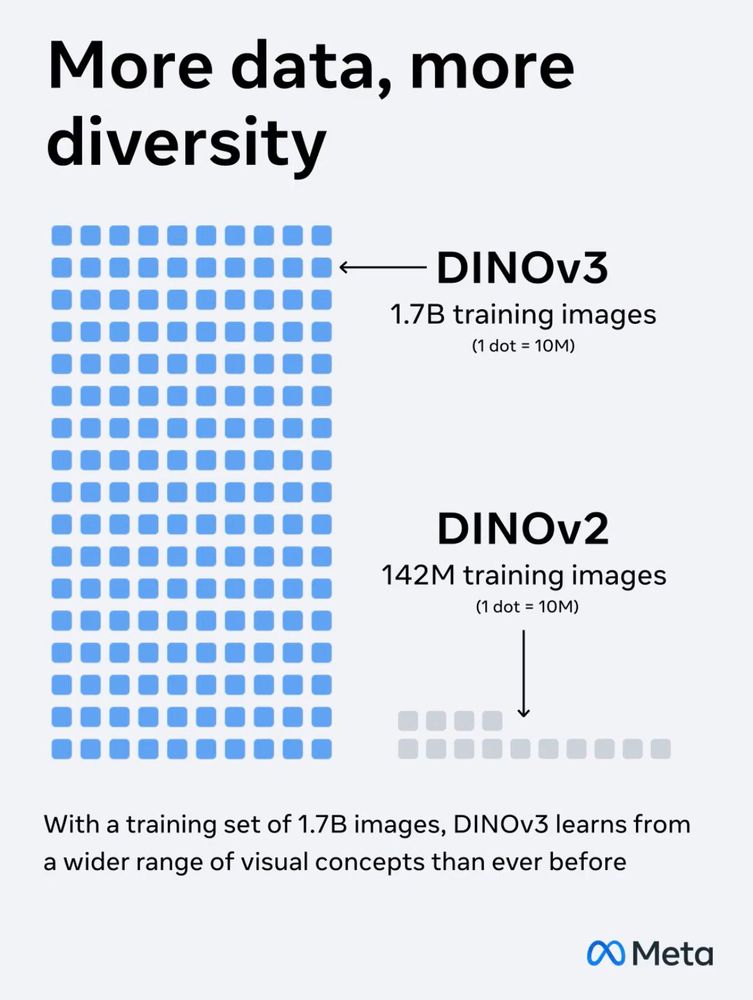Chris Offner
@chrisoffner3d.bsky.social
2.6K followers
1.2K following
2K posts
Student Researcher @ RAI Institute, MSc CS Student @ ETH Zurich
visual computing, 3D vision, spatial AI, machine learning, robot perception.
📍Zurich, Switzerland
Posts
Media
Videos
Starter Packs
Pinned
Reposted by Chris Offner
Reposted by Chris Offner
Reposted by Chris Offner
Ryan Moulton
@moultano.bsky.social
· Sep 5
Reposted by Chris Offner
Chris Offner
@chrisoffner3d.bsky.social
· Aug 23
Reposted by Chris Offner
Johan Edstedt
@parskatt.bsky.social
· Aug 22
Chris Offner
@chrisoffner3d.bsky.social
· Aug 22
Reposted by Chris Offner
Chris Offner
@chrisoffner3d.bsky.social
· Aug 15
Chris Offner
@chrisoffner3d.bsky.social
· Aug 15
Chris Offner
@chrisoffner3d.bsky.social
· Aug 15
Chris Offner
@chrisoffner3d.bsky.social
· Aug 15
Chris Offner
@chrisoffner3d.bsky.social
· Aug 15
Chris Offner
@chrisoffner3d.bsky.social
· Aug 15
Chris Offner
@chrisoffner3d.bsky.social
· Aug 12









